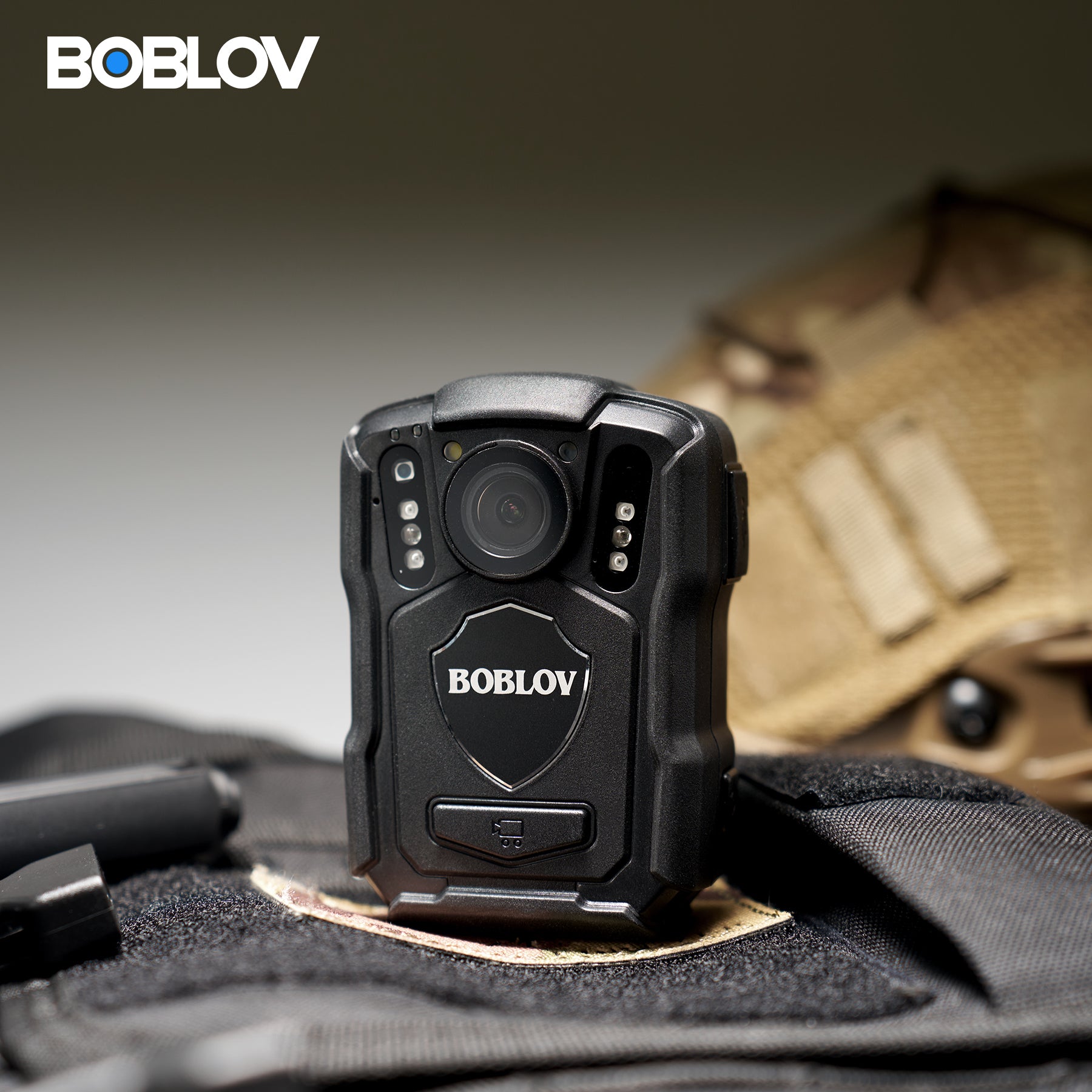The Role of Bodycams in Modern Law Enforcement
Understanding the Evolution of Bodycam Technology
Bodycam tech has grown rapidly over recent years. In the early days, video was low quality and bulky. Today, cameras like the Boblov KJ21 are much more advanced. They are small, with sharp video and long battery life. Officers can wear them easily on duty. These improvements make the cams more useful. They help officers collect clear evidence. Transparency and accountability have improved too. The tech keeps getting better as new features are added.
Advantages and Limitations of Bodycams for Law Enforcement
Bodycams offer a dual advantage in law enforcement. They help record events as they unfold, providing clear evidence for later review. This can aid legal proceedings and increase transparency, building trust with the public. However, there are limitations. For instance, the camera's view may be limited or blocked during crucial moments. Some argue that bodycams could invade privacy and cause discomfort, leading to a reluctance in adoption. Battery life and data storage are also practical concerns. Balancing these pros and cons is key for law enforcement agencies.
Impact of Bodycams on Public Safety and Trust
Bodycams are key in modern policing. They boost safety and trust. When worn, they record events as seen by officers. This can build trust with the public. Footage from cams can clear doubts during encounters. It aids in transparency and can deter misconduct. Both officers and civilians act better on camera. Courts also rely on bodycam footage for evidence. In trials, this footage helps to reveal the truth. Bodycams foster a sense of accountability. They can show the reality of law enforcement work. The use of bodycams is a step towards better policing. It helps bridge the gap between police and the community.
Best Practices in Deploying Bodycams for Enforcement
Selecting the Right Bodycam for Your Law Enforcement Agency
Choosing the right bodycam is vital for law enforcement agencies. Consider these factors:
- Video Quality: High-definition video is essential for clear recordings.
- Battery Life: Ensure the bodycam can last a full shift without charging.
- Durability: The device should withstand tough conditions and impacts.
- Storage Capacity: Look for ample space to store hours of footage.
- Ease of Use: Officers need cameras that are simple to operate in stressful situations.
- Mounting Options: Make sure it can securely attach to different uniforms.
- Data Management: Check if the camera has efficient ways to offload and manage data.
- Cost: Balance the camera's features with your agency's budget.
The Boblov KJ21 is one model that meets many of these criteria. It's a popular choice for its quality and reliability.
Training and Policies for Effective Bodycam Use
Proper training and clear policies are vital for effective bodycam use. Officers should be trained on when and how to activate the camera. They also need to know how to handle recorded data. Clear policies must outline the use of footage, such as for reviews or court evidence. Officers should be aware of the impact on privacy and public interaction. Good training can help prevent misuse and protect rights. It also helps ensure that the true value of bodycams is realized.
Legal Considerations and Privacy Policies
When implementing bodycams, legal and privacy matters are vital. Officers and citizens both have rights that need protection. Here are key points to consider:
- Ensure bodycam policies comply with state laws.
- Update policies to meet new legal rulings.
- Balance transparency with privacy rights.
- Secure bodycam footage to prevent unauthorized access.
- Train officers on when to record and when to respect privacy.
- Inform the public about bodycam use policies.
A clear, well-drafted policy is essential for lawful and respectful bodycam use.
Case Studies and Success Stories
Notable Incidents Captured on Bodycam and Their Impact
Bodycams have become key tools in law enforcement. Many key incidents show why. One famous case is the capture of a school shooter. The bodycam footage led to a swift arrest. Another key incident is a hostage situation video. The video helped in saving lives and court trials. These moments show bodycams as tools for truth. The impact? Clear evidence and stronger public trust.
How Bodycams Have Enhanced Investigation and Evidence Gathering
The use of bodycams has revolutionized law enforcement. These devices provide clear evidence in disputes, clarify events, and support legal processes. They have been instrumental in solving cases and improving transparency. The Boblov KJ21 is an example of advanced bodycam technology. It offers high-quality video recording, aiding in accurate evidence collection. This camera has become vital in investigations and has bolstered public trust in law enforcement. Through video examples, we see how bodycams have become crucial tools for justice.
Lessons Learned from Law Enforcement Agencies in the United States
Many law enforcement agencies in the U.S. have learned key lessons from using bodycams. These include the need for clear policies on when and how officers should use the cameras. Proper training is also vital so officers know how to handle the equipment. It is important to store and manage the data securely. Public access to bodycam footage needs careful balance with privacy concerns. By addressing these issues, agencies boost transparency and accountability. These lessons help build public trust and improve policing methods.




